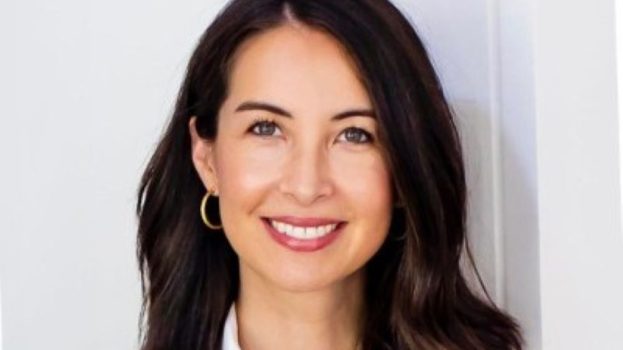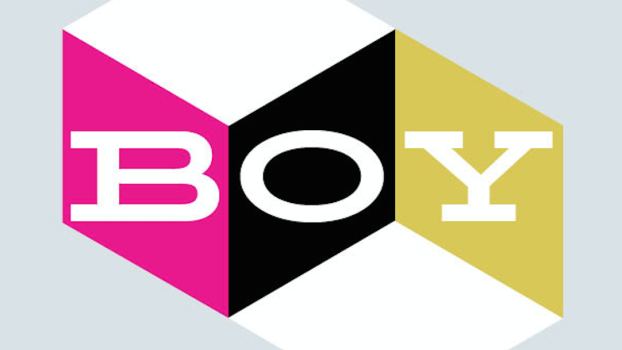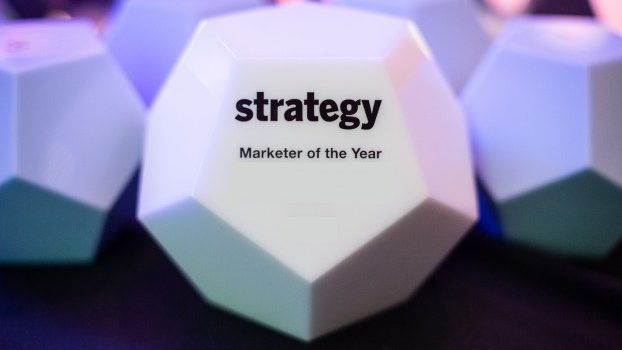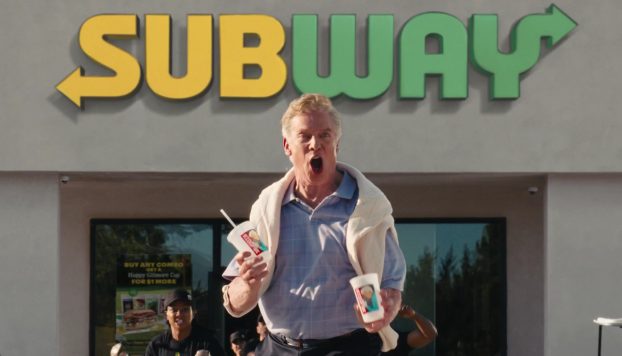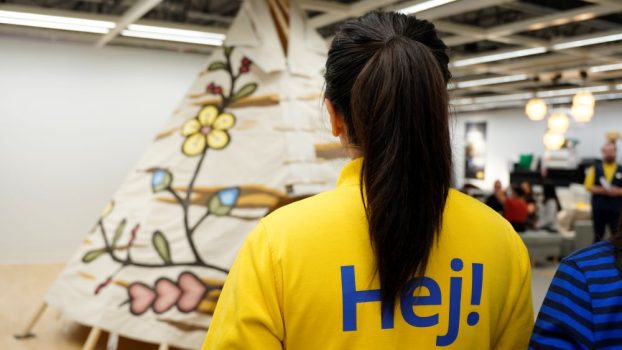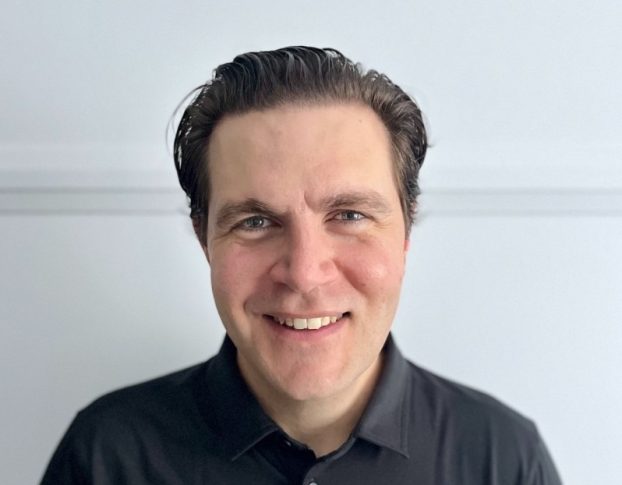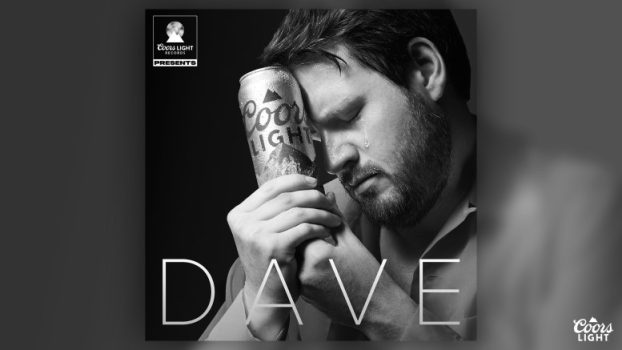This interview is part of a series for Strategy C-Suite, a weekly briefing on how Canada’s brand leaders are responding to market challenges and acting on new opportunities. Sign-up here to receive the latest stories.
For a company whose stores aim to be customers’ “happy place,” Indigo Books & Music Inc. has not been spared by the COVID-19 pandemic. In fact, CEO Heather Reisman said in the summer that the books and gifts retailer expected a “damaging set of conditions” from the pandemic to persist for another 10 to 12 months.
But Alison Lawler-Dean, who stepped in as VP of marketing in mid-March (having previously led marketing for brands like Flow Water and Rethink Breast Cancer), finds many reasons to be hopeful about the company’s future.
For the quarter ending June 27, the Toronto-based retailer reported revenue of $135.1 million, down $57.5 million from the year before. However, online revenue grew 214%, helping “blunt” some of the impact of store closures during the period. Lawler-Dean says the pandemic has accelerated the company’s omnichannel efforts; as a result, online sales have remained strong as stores reopened, and new programs are now rolling out ahead of the holidays to make the shopping season less stressful.
And further building on its ongoing efforts to be a “cultural department store,” Indigo is moving deeper into new verticals to support its core book-selling business. In August, for example, it launched a new exclusive collection of decor, tabletop and wellness products – its first under the creative direction of chief creative officer (and Kinfolk magazine founder) Nathan Williams, who joined a year ago and whose aesthetic is beginning to permeate the business, Lawler-Dean says.
Forced to put further U.S. expansion on hold for now, the marketer tells strategy the company has focused instead on making its existing stores and product assortment as “accessible as possible.”
What impact has COVID-19 had on your business, particularly on the types of products you carry and the way in which you reach customers?
We’re looking at further-out trends, as well as what’s core to our brand. Closer to market, we’re looking at what customers are searching for. [Early on in the pandemic], it was, ‘Schools are closed, we need workbooks.’ The next week, it was, ‘Okay, I need how to bake bread books.’ And the next week, it was, ‘I need Lego, because my kid is going to be home for a little longer and I need to entertain them.’ That was how we pivoted to reach and connect with our customer through our marketing strategies.
As we plan further out, it’s how can we help under these circumstances? First and foremost, it’s through the product and books and ideas that we carry. In addition to our core of books and our strong kids and baby businesses, we’ve been building out new verticals to support our customer, including wellness and living.
 We recently launched a new home brand called Oui [led by chief creative officer Nathan Williams] – beautifully made, more sustainable, handmade home goods, accessories and decor. [Another vertical] we’re excited about is wellness, everything from green beauty to sleep products – we have a partnership with Casper – and essential oils. We even have a sexual health category that does incredibly well online.
We recently launched a new home brand called Oui [led by chief creative officer Nathan Williams] – beautifully made, more sustainable, handmade home goods, accessories and decor. [Another vertical] we’re excited about is wellness, everything from green beauty to sleep products – we have a partnership with Casper – and essential oils. We even have a sexual health category that does incredibly well online.
[The current situation] has helped us revisit those core means of inspiration, entertainment and education – books being so core to that. We see these products and services as complementing our book business and helping us play a more complete role in our customers’ lives. We’re on this brand evolution with our customer in mind, and I think COVID expedited that. It also helped us expedite our journey in becoming an omnichannel retailer.
How does a wellness vertical align with the Indigo brand? Do you believe your experience at wellness-focused Flow Alkaline Spring Water will come handy in your new role?
The plans for the wellness vertical were in line well before I joined, but I certainly feel I can bring perspective to it. At Flow, wellness was still a niche and somewhat prestige category. One of our key partnerships was Goop, because they are [an] authority, but they have high price point items and they have a celebrity lead and it’s not necessarily for everyone.
The main difference at Indigo is, ‘How do we make wellness work for everyone?’ We may have the post-sport massage gadget, but we also have books that can help you on [massage] techniques. And we’ll be building out tons more content to unlock some of those ideas. We’ve been hosting conversations live on Instagram to pull insight and ideas from thought leaders. And we have lots of plans to do more of that in the new year. Indigo touches so many Canadians. We have such a large and diverse customer base that we want to bring these ideas to the masses.
What progress have you made on the ecommerce side?
So much of our strategy is [having] our customer love spending time in our stores. With COVID, we’ve had to catch our digital experience up to that. How can our online experience be something that adds value for our customer? Everything from the content that we produce to all the ways we can connect with our customer, the bright side of COVID [has been helping us] pivot to be an omnichannel shopping experience. We saw triple digit growth online. And we’re still maintaining that even with the stores open.
We’re also building out different ways that customers can shop with us. We just kicked off [a partnership] with Instacart [for same-day delivery for customers in the GTA], as well as private shopping appointments [for Plum members].
Many retailers are going to market with their holiday offers earlier this year. What is your strategy heading into the holiday season?
We have been revisiting our sales [strategy]. We’re not making Black Friday about a day with door crashers and people lining up – we don’t feel that’s the best customer experience this year. So Black Friday will be a longer running event for us. What we’re aiming to do is move a lot of our best offerings and promotions and value-drivers up even earlier in the season. So you’ll see those kick off right with the launch of our fall campaign this month.
We’re launching early because we’re seeing customers acting early. That’s something we’re seeing in the data and search. It’s still cold outside and they’re looking for patio accessories; they’re looking for Halloween costumes in August. We’re seeing our customer preparing for these moments and celebrations much earlier than we have in the past. So that’s our approach for the holidays as well.
People [have been] thinking about advent calendars and gifts; they want to make sure they get them before they sell out. I think people have in the back of their minds the shipping delays that we saw at the beginning of COVID, or lineups in stores, and really want to avoid that. So we’ve got a soft-launch now and product availability online. And then we’ll be rolling out in store and a much more robust experience in October, including some value driving promotions, so that our customer can shop nice and early.
The interview has been edited for length and clarity.



